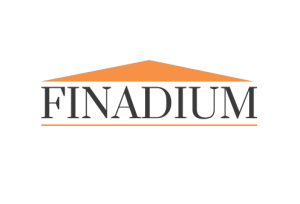This report evaluates the decision factors important to hedge funds in selecting Treasury Management Systems (TMS). TMS have gone from being a nice to have for hedge funds to an important part of the technology, operations, financial management and due diligence stack. A target market of over 1,000 funds now exists as the AUM entry point steadily declines.
There is no one size fits all for hedge funds in selecting a TMS. Rather, the selection of a vendor platform is an iterative process driven by the requirements of the fund and with consideration for how value can be quantified and maintained. There is also a need for providers to create and retain a team that can turn what may appear at first to be an operational function into part of the alpha generation process extending throughout the enterprise. Both hedge fund users and vendors recognize that these steps require extra work, but for funds engaged in the process, it can be well worth it.
An important function of hedge fund Treasury departments is understanding counterparty relationships: how much value is being delivered for the cost of services, and how much relationships can be leveraged in times of need. This changes a previously passive approach to prime brokerage relationships towards more active engagement in assessing the process and quantitative results, which is accomplished by the creation of metrics that allow hedge funds to compare providers against one another and/or by internal benchmarks, including: fees paid for swaps, rates charged for securities loans, and how often the fund is called for trading opportunities. Whether the prime relationship is viewed as cooperative, competitive or something in between can determine how hedge funds approach their benchmarking.
The inclusion of Artificial Intelligence (AI) and Machine Learning (ML) across the entire financial services industry is coming to TMS: soon, a fund manager may find that they can automate a series of activities based on data downloaded from a prime broker or custodian, then automatically route cash, collateral and financing requests to the right place. This already happens at banks and is trickling down into the hedge fund Treasury space. A greater use of AI/ML will support smaller funds in systems implementation and productive use.
This report provides several inputs to hedge funds considering or using a TMS. First, it assesses what the quantitative and qualitative value-adds are of TMS, and how hedge funds may determine those figures. It offers a brief review of why TMS have become more important over the last decade, then evaluates the main functional benefits of vendor platforms.
This report should be read by hedge funds, long-only asset managers, family offices, custodians, prime brokers and technology providers in the Treasury and collateral space.
A direct link for Finadium subscribers to this report is https://finadium.com/finadium-report-desc/hedge-fund-approaches-to-treasury-management-systems/
For non-subscribers, more information is available here.


